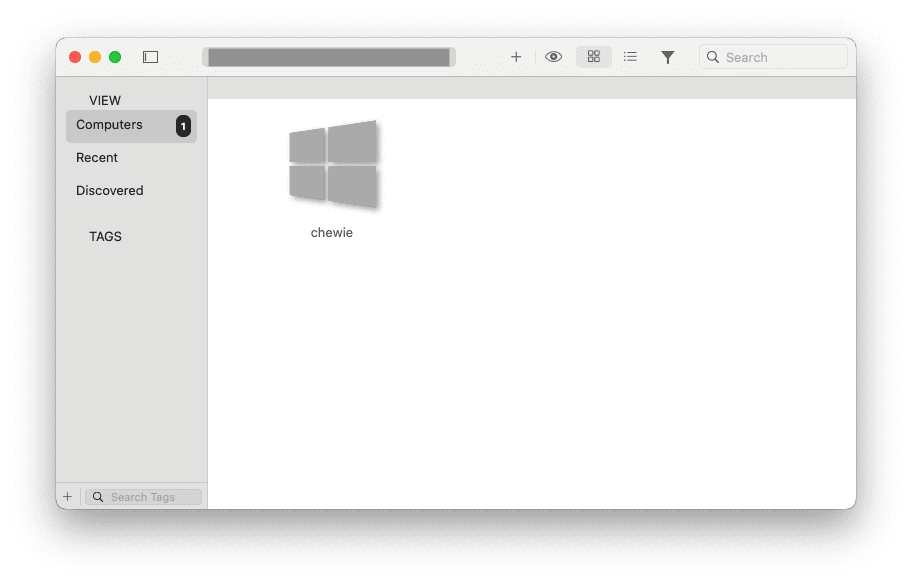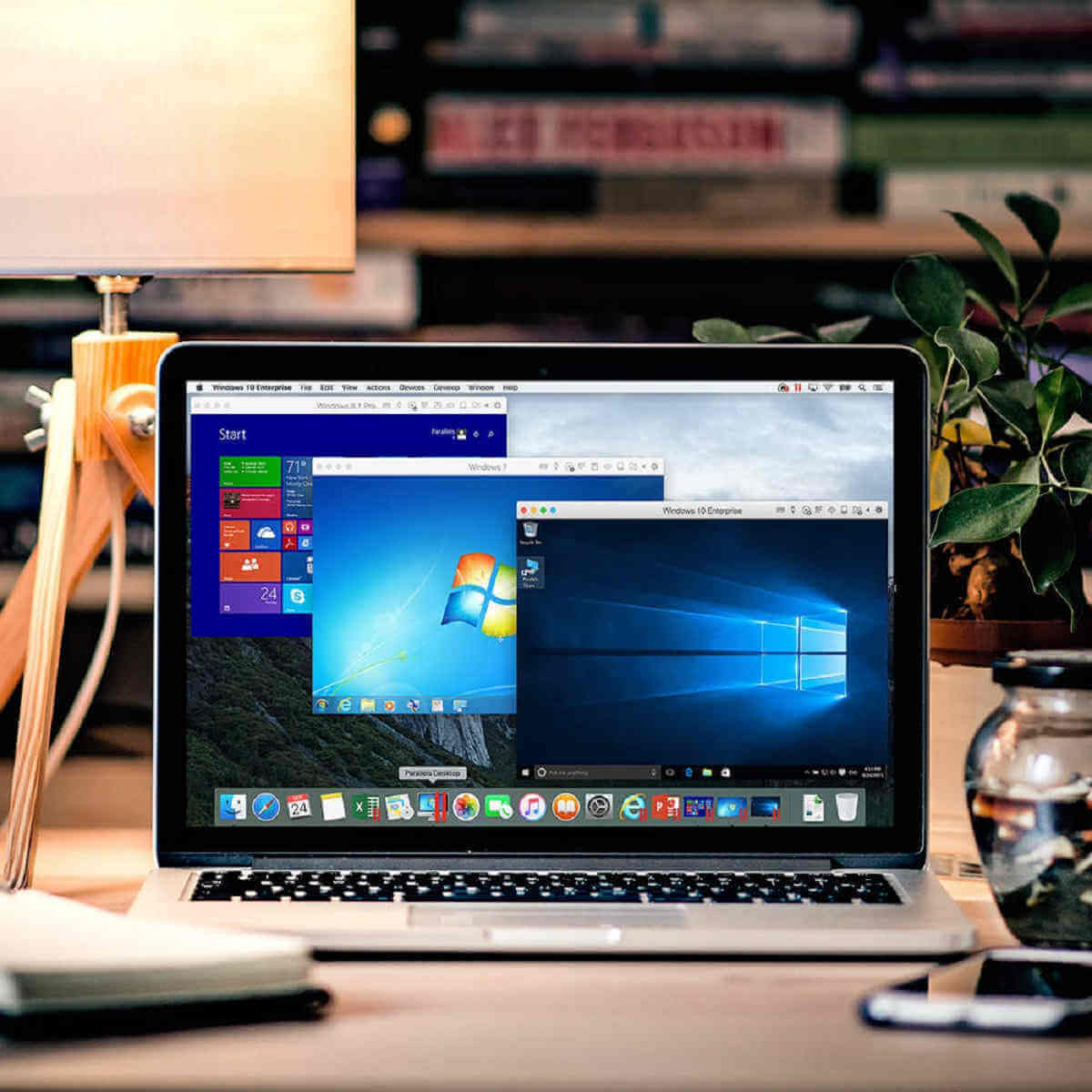

Both of them provide OpenGL 3.0 and DirectX 10 support – which is essential for playing 3D games – but when it comes to processor-intensive games virtualization isn't quite the best solution. The best paid hypervisors available are Parallels Desktop and VMware Fusion. But this convenience has a cost and that is the performance penalty that you pay by using virtual machines. Virtual machines are convenient because users don't need to switch computers to run two or more operating systems simultaneously. Play Games on a Mac Using a Virtual Machine

Fortunately, there are still ways that you can play your favorite games on your Mac. And in this case each new line of Macs have the necessary screen size and processing abilities, but often lacks support for popular big-budget games. Of course, you can always hit up your iOS device to play games but the screen size and computing power is really what matters. I use a cheap NVMe SSD in a 10Gbps USB-C enclosure-not this exact one, but one like it.There is a good reason why you (or the IT department) opted for a Mac, the only ‘issue’ is that many the best games are developed for the world's most popular operating system: sorry macOS – that's Windows. Any external SSD attached over a 5Gbps or 10Gbps USB connection or the Thunderbolt bus should feel fast enough for most things. Mac users with limited internal storage might want to change that to an external drive to save space, since the default disk size for new macOS VMs is 64GB. And more is better, especially if you'll also be running heavy apps like Xcode alongside (or inside) your VM.īy default, VirtualBuddy keeps all of its files (including VM disk images) in a folder at ~/Library/Application Support/VirtualBuddy.

Personally, I wouldn't recommend trying to virtualize macOS on an Apple Silicon Mac with less than 16GB of RAM. But you'll be running two entirely separate OSes on the same computer, and that comes with RAM and storage requirements. VirtualBuddy and the Virtualization framework don't have hard-and-fast requirements aside from requiring an Apple Silicon chip for macOS-on-macOS virtualization. You'll also want to pay attention to the hardware requirements for virtualization. With the Xcode beta installed, everything works as intended (but if you can find a way to get this working without installing a 33GB app that takes an hour-plus to install, I'd love to know about it). When I've tried this without Xcode installed, macOS has tried (and failed) to download extra software to make it work-sort of like how macOS needs to download additional software the first time you use Rosetta. If you're looking to virtualize Ventura on top of Monterey, you'll want to install and run the beta version of Xcode 14 from Apple's developer site before you start. If you want to virtualize macOS Monterey on top of macOS Monterey, you won't have to download anything else.


 0 kommentar(er)
0 kommentar(er)
